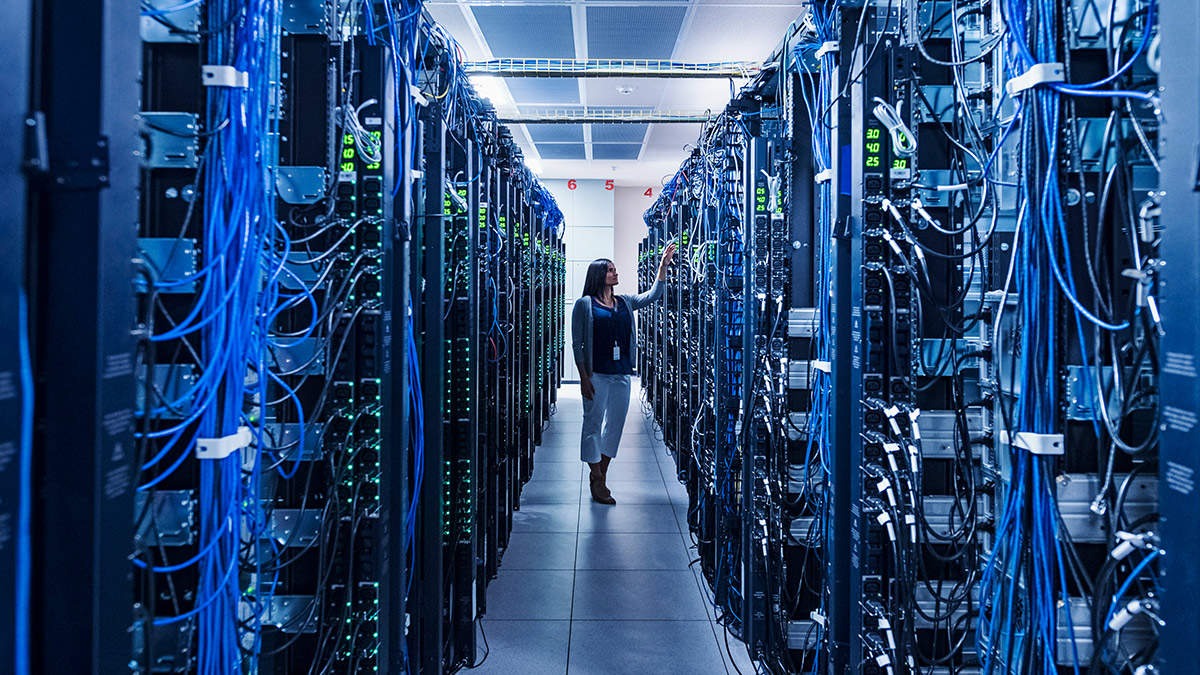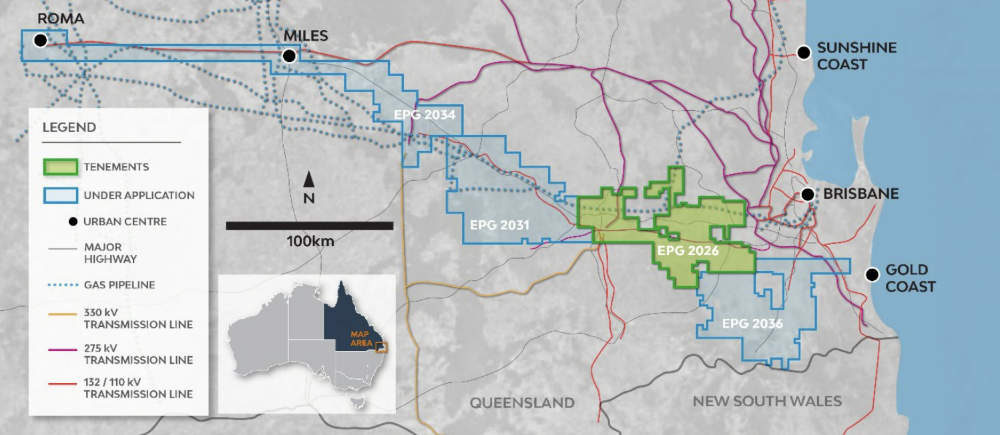Earths Energy starts study on geothermal to power and cool data centres

Earths Energy’s study will consider using direct geothermal cooling for data centres. Pic: Getty Images
- Earths Energy studying viability of constructing geothermally-powered data centres at its Queensland tenure
- Besides using geothermal-generated electricity, the study will determine feasibility of direct geothermal cooling
- Direct geothermal cooling could minimise need for energy-intensive refrigeration systems, reducing electricity use and associated costs
Special Report: Earths Energy has kicked off an internal scoping study into the feasibility of using geothermal energy from its strategically positioned Queensland project to power notoriously energy-hungry data centres.
The study will assess the viability of constructing geothermally-powered data centres at its strategically located Queensland tenure near Brisbane and Gold Coast.
This will capitalise on the unique geothermal resources available at these sites, combined with proximity to major population centres to support the growing demand for sustainable and cost-effective data centre infrastructure.
Data centres are critical in enabling the storage and processing of vast amounts of online data.
However, they are also notorious for their energy consumption with the International Energy Agency estimating that they account for up to 1.5% of global electricity consumption (240-340 terawatt hours in 2022) and 1% of energy-related greenhouse gas emissions.
While there have been significant efficiency improvements in IT hardware and cooling, the rapid growth in demand for data centre services – including the growth of AI, which is very computationally intensive – has seen their energy use grow 20-40% annually.
Earths Energy (ASX:EE1) has already identified areas of interest within its Queensland project and will develop and trial its own multi-factor model for assessing the feasibility of a geothermal powered data centre development.

“Incorporating geothermal energy sources into data centre designs and operations has become popular with global leaders like Google, Microsoft and Meta who are each developing large scale new data centres incorporating geothermal energy,” EE1 chief executive officer Josh Puckridge said.
“Geothermal power sources offer the potential for reliable 24/7 baseload power to data centres regardless of the status of the local grid. This power independence provided by geothermal resources is an important aspect of data centres achieving data sovereignty, a significant strategic priority in developing modern data centres.
“The data centre market itself has also never been more buoyant – evident by Blackstone’s $24 billion purchase of Airtrunk and NextDC’s $750 million raising to continue expansion plans throughout Asia.”
Not just power
EE1’s plan is primarily based on the use of its geothermal resources to directly meet the data centre electricity needs, which represent 20-38% of its operational expenses.
However, it is also looking into a compelling opportunity presented by its proposed Queensland geothermal wells, namely the use of direct geothermal energy to cool data centres efficiently.
Rather than using electricity to power conventional cooling methods, the company is looking at using the Earth’s stable temperatures to maintain ideal conditions for servers, reducing both energy consumption and costs.
This will be achieved by the use of vapour absorption chillers, which produce chilled water using a heat source rather than electricity.
Such direct geothermal cooling minimises the need for energy-intensive refrigeration systems, significantly lowering electricity usage and associated costs.
The combined use of geothermal-generated electricity and direct geothermal cooling also aligns with the company’s commitment to reducing carbon emissions and promoting sustainable energy solutions by decreasing reliance on fossil fuels.
Study objectives
EE1 noted that its internal scoping study will evaluate the geological suitability and technical requirements for implementing geothermal cooling at targeted sites.
It will also analyse potential cost savings and return on investment compared to conventional cooling methods, quantify potential reductions in carbon emissions, and establish potential data sovereignty advantages at specific sites.
Additionally, the company is actively exploring early-stage discussions with potential partners, including data centre operators and key stakeholders in the cooling technology supply chain.
This article was developed in collaboration with Earths Energy, a Stockhead advertiser at the time of publishing.
This article does not constitute financial product advice. You should consider obtaining independent advice before making any financial decisions.
Related Topics
UNLOCK INSIGHTS
Discover the untold stories of emerging ASX stocks.
Daily news and expert analysis, it's free to subscribe.
By proceeding, you confirm you understand that we handle personal information in accordance with our Privacy Policy.








